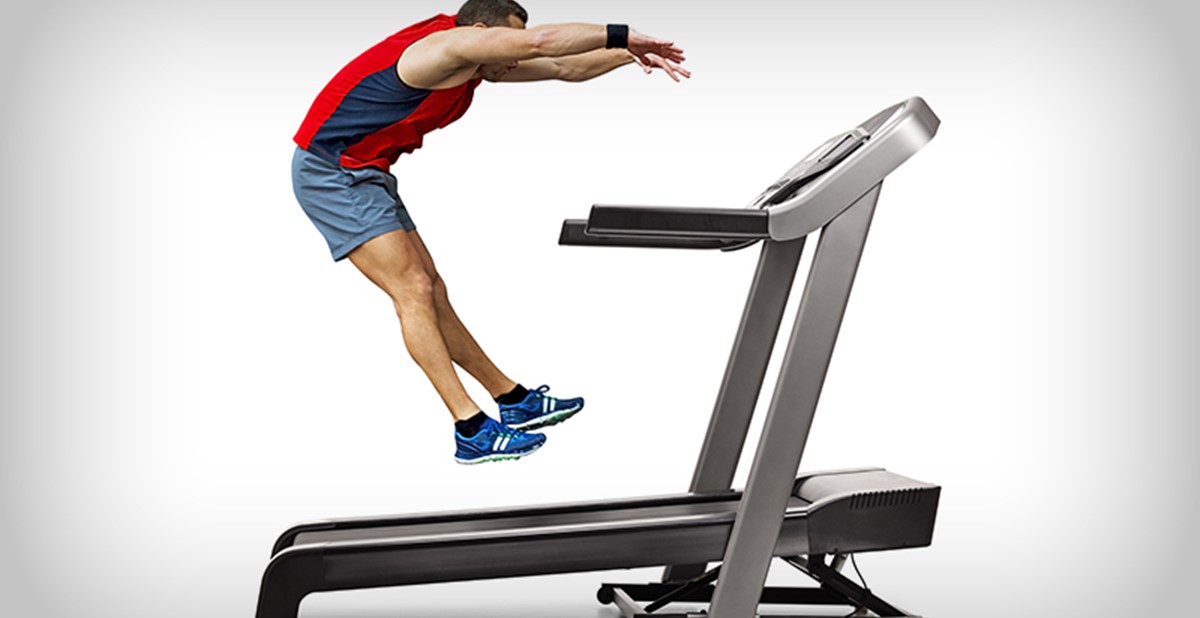Water Cooler: Did Peloton 'Bike' Off More Than It Could Chew?

Peloton Interactive, Inc. has, arguably, had time and fate on its side—and paired with a great product that consumers love, it was set up for success. The New York-based exercise equipment company, which began as a Kickstarter campaign in 2013 and launched in 2014, saw sales soar during the pandemic, and celebrated its first billion-dollar quarter in the second quarter of this year, reports Bloomberg. For the first few years in business, it was a single-product company, retailing its Peloton Bike, starting at $1,895 , along with its monthly subscription service that provides users access to live and prerecorded fitness classes. On April 22, 2020, during the height of the pandemic, the company saw its most-attended class to date hit a record with more than 23,000 users tuning in to a spin class for at least 10 minutes.
Like many companies working to perfect its products, Peloton saw some issues, including a problem with the bike pedals breaking which led to a recall in October of last year, but otherwise complaints about its products have been minimal, at least in terms of media coverage. It wasn’t until Peloton decided to grow its product offerings with the addition of a treadmill in 2018, Peloton Tread ($2,495 ) and later the upgraded version, Peloton Tread+ ($4,295), that the company received numerous reports (more than 72) about injuries linked to this product, including the death of a six-year-old child this past March. In response, Peloton issued a voluntary recall in mid-May—something the company admits came weeks later than it should have—of 125,000 units, and temporarily halted production to work on software and design updates. The recall was announced just weeks after Peloton introduced a slew of new product features and upgrades.
The problem Peloton is facing lies in the treadmill’s design. Most, if not all, of the reported injuries, as well as the fatality, occurred as a result of the back of the treadmill forcefully pulling children, pets or objects underneath, or catching adult’s clothing, resulting in harm or injury. It’s a problem associated with the use of treadmills in general, as companies like Peloton caution not to use the equipment around children, pets or loose objects, and to unplug and stow away the machine when not in use. Peloton made efforts to rectify the situation by either granting treadmill owners a full refund or offering to send team members to owners’ homes to move the equipment, which weighs more than 500 pounds, to a safer location. However, the CPSC urged Americans to stop using the Peloton treadmill weeks before Peloton complied with their suggested recall. Peloton CEO John Foley later released a statement, saying, “I want to be clear, Peloton made a mistake in our initial response to the Consumer Product Safety Commission’s request that we recall the Tread+. We should have engaged more productively with them from the outset.”
The company’s delayed response, as well as its initial refusal to offer a refund, upset customers. Nikhil Bobb told WSJ that he purchased a treadmill for his wife in 2019, but after hearing about the safety concerns, and having two young children, ages five and six, at home, he decided it was best to contact Peloton for a refund; the company suggested that he sell his machine on his own. “I honestly would have felt much better if they had just offered any acknowledgement and that a solution was in the works,” Bobb told WSJ. “As a parent, suggesting I resell, at this point, is just offensive.”
Predictably, Peloton stock has dropped markedly this year—45 percent, writes Fast Company—falling to half of what it was at its peak. And because Peloton grew in popularity during the pandemic, when it offered a solution for those looking to start or continue their workout regimes at home, there is speculation as to whether it’ll recover to prior levels as gyms reopen and the coronavirus vaccine becomes more widely available—or whether this is the start of a continual decline. From 2018 to date, treadmills have accounted for just 12 percent of Peloton’s equipment revenue, which BMO analyst Simeon Siegel disclosed in a research note.
––––––––––––––––––––––––––––––––––––––––––––––––––––––––––––––––––––––––––
Danielle Renda is associate editor of PPB.

